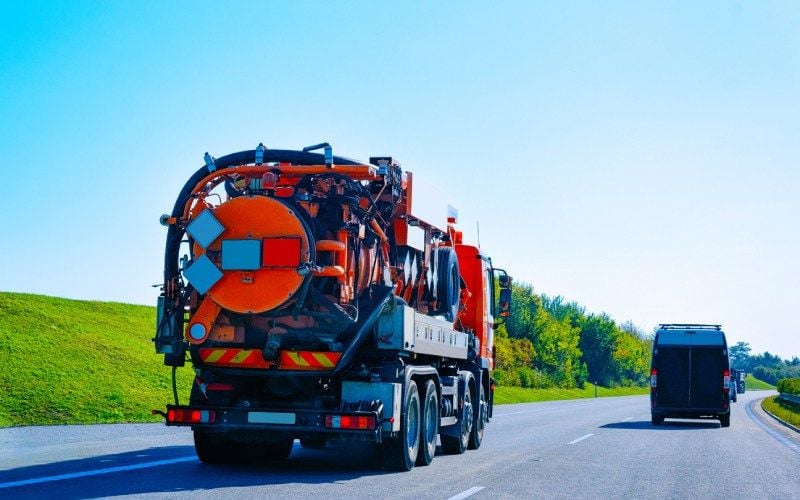What Is Hydrovac Excavation?
)
Hydro vacuum excavation, or hydrovac, is a safe, non-invasive cleaning method that employs high-pressure water and industrial strength vacuums from a hydro excavation truck to excavate and evacuate dust, dirt, and debris. As opposed to manual or mechanical digging, which can rip gas lines or fiber optic cables underground, the non-invasive method of hydrovac excavation eliminates the risk of underground utility damage while leaving a smaller ecological footprint.
What is Hydrovac Excavation Used For?
Hydrovac is mainly used for:
- Digging and exposing underground utilities for maintenance etc.
- Digging narrow trenches to install cables, pipelines, and other in-ground utilities
- Piling hole excavation
- Debris removal
-
Cold-weather digging
The History of Hydrovac Excavation
For many decades, hydro excavation companies used hydraulic excavators and backhoes to do excavation work. They would also require the use of hand tools to dig around and expose buried utilities. Not only was underground utility damage rampant, and costing cities thousands of dollars in repair especially in crowded urban areas, but there were also thousands of operator accidents occurring due to the close human interaction involved. In fact, in 2017, over 400,000 excavation accidents were reported in North America. Innovation was imperative for the safety of workers, as well as finding a cost effective solution for a multitude of required excavation activities.
The Innovation of Hydro Vacuum Excavation
You can actually thank Canada for the innovation of the hydrovac method. The cold weather and frozen soil posed an issue when trying to use traditional tools and methods, and so entered the idea of using hot water to help melt the soil. High-pressure hot water was used to loosen the soil and dig a hole, enough to be able to suction the wet, muddy material into a tank, which was then taken to a specified dump location. This new technology was a huge step forward for oil and gas, construction, and many other industries. Eventually, it resulted in a more precise process which did not put underground utilities at risk and had a low impact on the environment. This method is also much safer and more efficient, as well as cost-effective.
Tips to Consider When Buying Access to a Hydrovac Truck
- Ground Conditions: Consider what type of ground conditions you have at your site and whether you'll need hot water for example to melt frozen soil. Weather conditions should also be taken into consideration.
- Distance from the Truck: It's important to know how far the site is from where you are able to park the truck (due to building and other barriers) so that you can judge how long the hose should be and how powerful a blower you'll need.
- Depth of Excavation: You should also know approximately how deep your excavation needs are, as this will help determine the type of blower you require.
- Dump Location: Be sure to secure a dump location for the truck to dump the excavated material. If dumping into containers, you'll need to ensure the truck height is conducive to the container height.
- Off-Road vs On-Road: Whether you're doing off-road work will determine the type of truck you'll need for the job.
- Bridge Laws: Be sure you know the weight and height restrictions of any bridges en route for the truck to reach the dump site.
Ready to book A&G's hydrovac excavation service or want to discuss in more detail? Contact us today!
| Tags:News |

)
)
)
